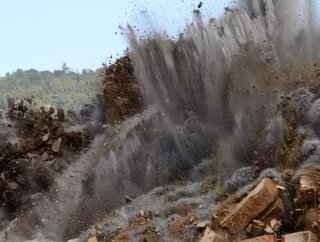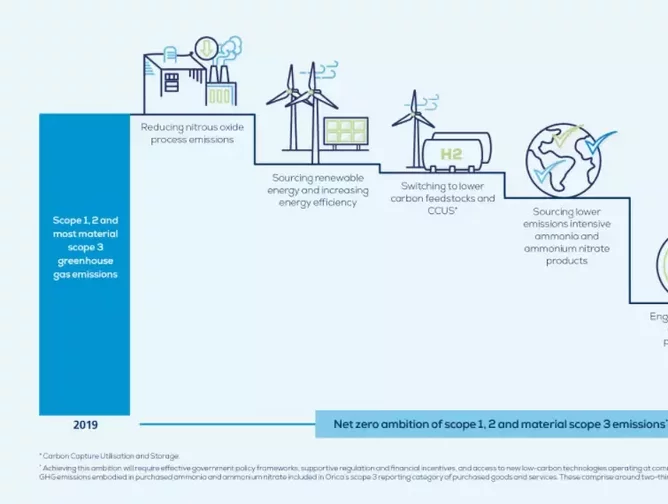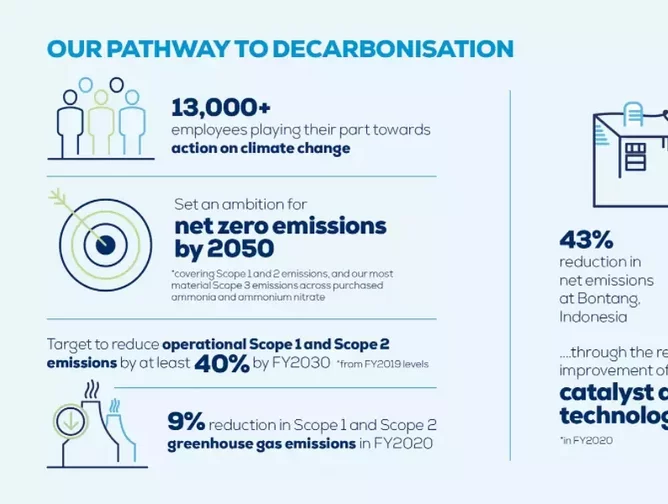Orica commits to net-zero emissions for its mining products

Explosives are important components of day-to-day mining practices. The supply of blasting equipment and other services is important for the continuation of mining operations and Orica certainly has a role to play in the industry.
What does Orica do?
Orica is one of the world’s largest providers of innovative blasting equipment and other mining technologies. The company was founded in 1974 and has since supplied explosives to the Victorian goldfields in Australia, growing to becomes the world’s largest organisation in its niche. The company has also developed innovative solutions to improve productivity in other mining processes.
The aim of the business is to not only provide the required services for mines but also to ensure that dangerous tasks are carried out safely and efficiently.
Explosive sustainability targets
As it continues to meet the needs of its large client base, Orica will also set about reducing its dependency on carbon-intensive energy sources, focusing on its scope 1 and 2 operational emissions. Collaborating with suppliers will allow the company to leverage new and emerging technologies to reduce scope 3 emissions.

‘Our ambition of net zero emissions by 2050 shows our commitment to playing a part in achieving the goals of the Paris Agreement. This is a strong signal that the decarbonisation of Orica will, and must, continue beyond 2030 and requires a collaborative approach across all of our stakeholders’, says Sanjeev Gandhi, Managing Director and Chief Executive Officer at Orica.
‘Over the next decade, Orica is deploying tertiary catalyst abatement, prioritising renewable energy opportunities and supporting a trial of carbon capture utilisation and storage technology. Beyond 2030, how we achieve our ambition is dependent on effective global policy frameworks, supportive regulation and financial incentives, and access to new and emerging technologies operating at commercial scale’.
‘Orica is a company with a long history of technical innovation which is already helping our customers improve mine site safety, productivity and efficiency. We will apply the same approach by deploying low-emissions technologies to our major manufacturing sites and working with our global suppliers and stakeholders on reducing the footprint of our supply chain’.

Visible climate action
Orica’s climate action plan is already underway to drive its emissions reduction strategy. In 2020, Orica’s Bontang AN manufacturing facility—based in Indonesia—has recorded a 43% reduction in emissions. The company is also working in partnership with the Alberta Government, commissioning tertiary catalyst abatement technology to reduce the emissions of its Carseland AN manufacturing facility by 83,000 tonnes of carbon dioxide equivalent (tCO2e) each year. It will also influence its workforce to reduce its carbon footprint.

For more mining insights, check out the latest issue of Mining Global Magazine.






